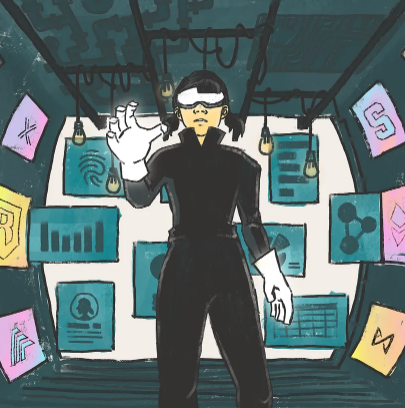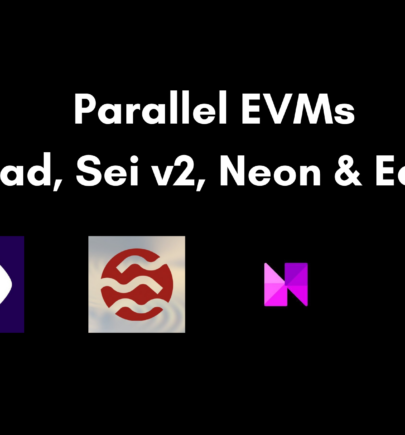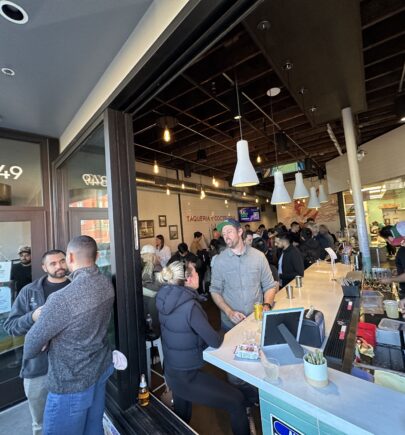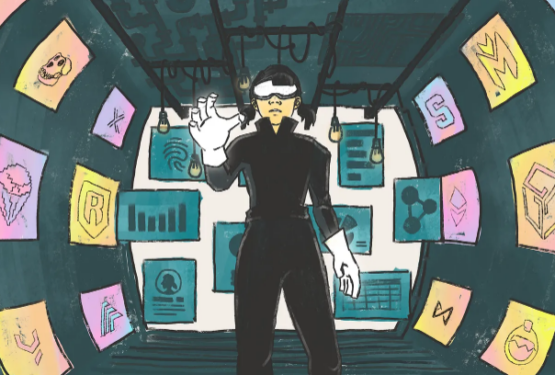Korean Blockchain Investment Focus- game and De-Fide-fi… “Worry about securing users”
In a recent panel that took place at a conference involving multiple crypto investors in Korea, the investors highlighted blockchain investment trends this year, which include games and De-Fi (decentralized finance). However, it is apparent that in order to secure users, certain conditions must be met to successfully introduce blockchain products.
The Blockchain Industry Value Chain Conference was hosted by Blockcrafters and DStreet on October 17th in Korea. The event was attended by Nam Gong Dan, CEO of JC Capital Korea; Emma Chua, Long-Hash Director; Christy Choi Hyung-Won, Binance Labs; and John Park from Faraday. CEO Jun-woo Koo from Blockcrafters moderated the discussion around the Asian blockchain project investment trend.
Current key trends are games and de-fi… but we must worry about adoption
The panelists all cited game and de-fi projects as blockchain investment trends this year. But adoption is a concern. Choi Hyung-won, general manager of Binance Labs, said, “The interest in protocol investments has shifted to games since the beginning of this year.”
“It’s not a good situation because there are not that many people who are actually using de-fi, but if you look at Kakao Pay and Toss, they have no difficulty in getting adopted,” she stressed. So if you believe that blockchain solves the problems within the existing system, it’s still currently difficult to secure users.
John Park from Faraday also cited de-fi and games as key trends, but argued that protocols and infrastructure are important for adoption. Park said, “Many games and de-fi projects don’t talk about scalability.” He elaborated on the advances in code division multiple access (CDMA) and time division multiple access (TDMA) technologies.
There was also optimism that blockchain games have a low entry barrier and are likely to be popularized. Nam Gong Dan, CEO of JC Capital Korea said that blockchain games needs to be persuasive and have gamer empathy, he explains: “the current game is still simple, but it’s fine.”
What are the conditions for a project to get adoption?
The criteria for evaluating the value of the blockchain project were highlighted as
? technical potential
? infrastructure
? investments
? value consensus
“Infrastructure is undervalued,” John Park indicated when prompted. He went on to claim that “investors prefer trendy player, but an infrastructure company with high potential value will realize most of the value.” “If you have a Layer two projects like ‘Polkadot’, you get a higher valuation because of wider adoption.”
Choi Hyung-Won pointed out that projects need to consider what the private market valuation is right now: “private investors have different standards,” and as such ” the project must consider both the value evaluated by private investors and how much investment it has received.” If a project doesn’t consider these factors they are unlikely to be funded.
Nam says, “The important thing is forming a consensus around some blockchain technology.” He argues that “it is important how many people agree on the philosophy.” Gung-dan warns other companies that “infrastructure, middleware, and application applications play different roles,” and, “they will all increase in value when real-world use cases emerge.” In order to secure users, public’s empathy must take precedence over the direction of the network. Emma agreed that “consensus and project direction are important.”












